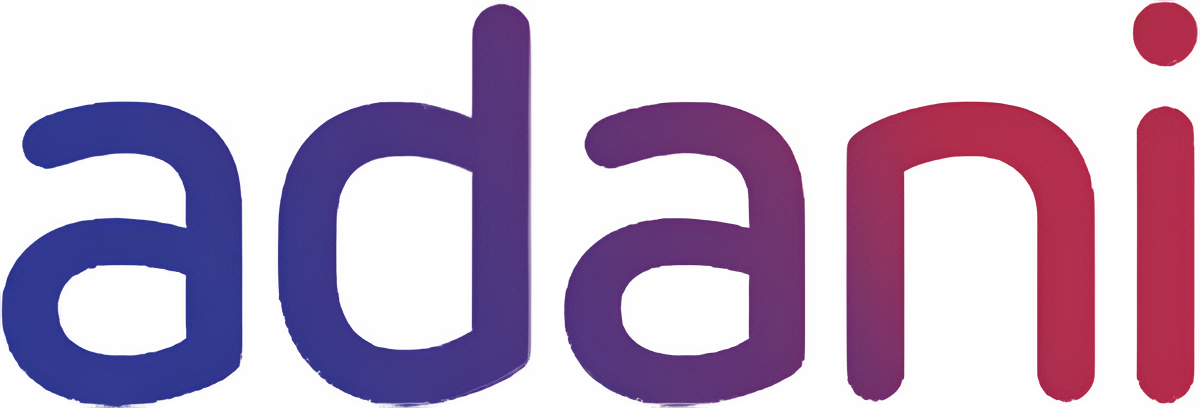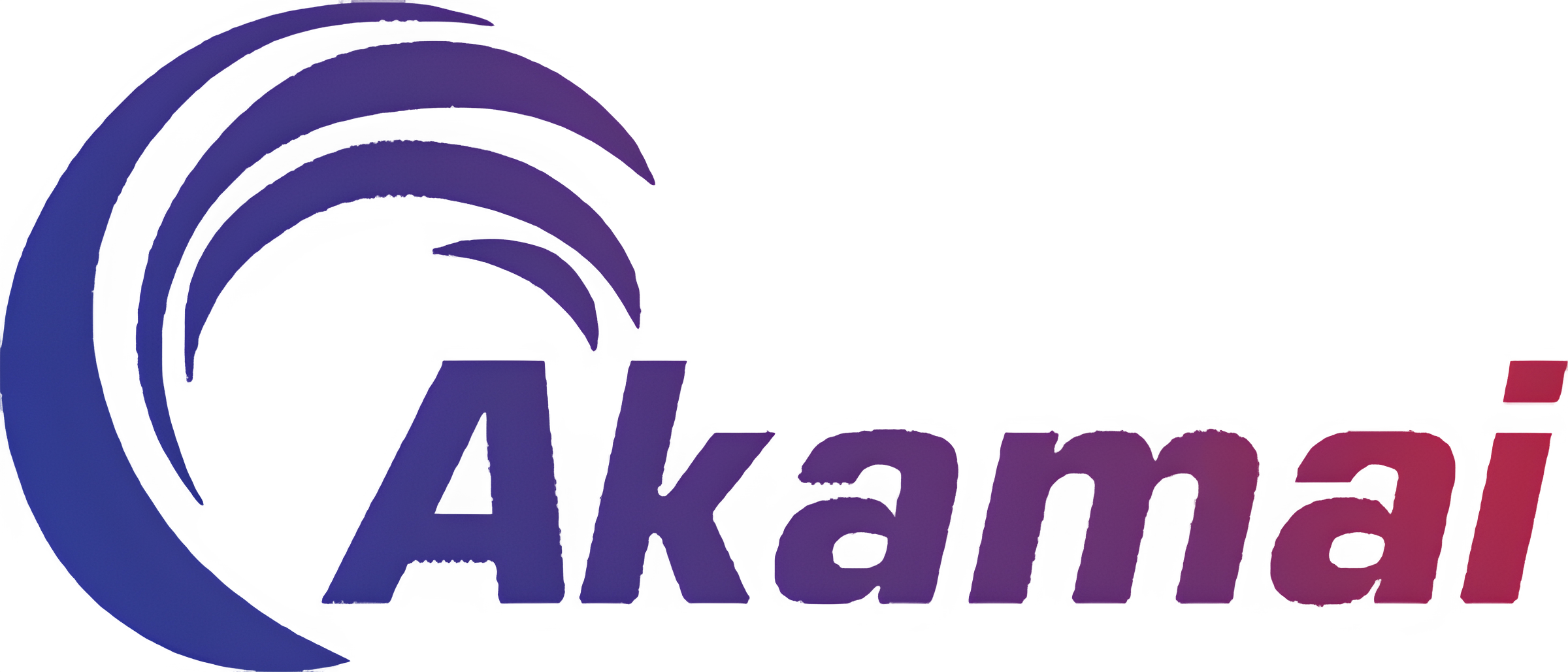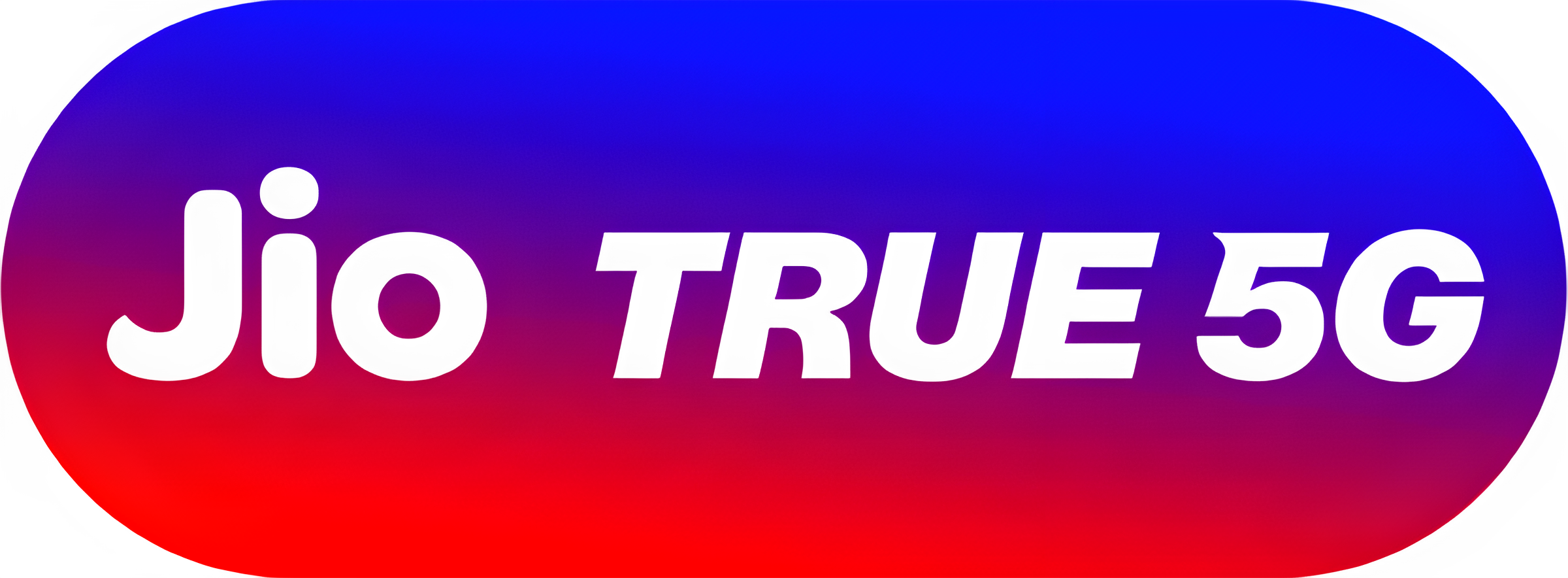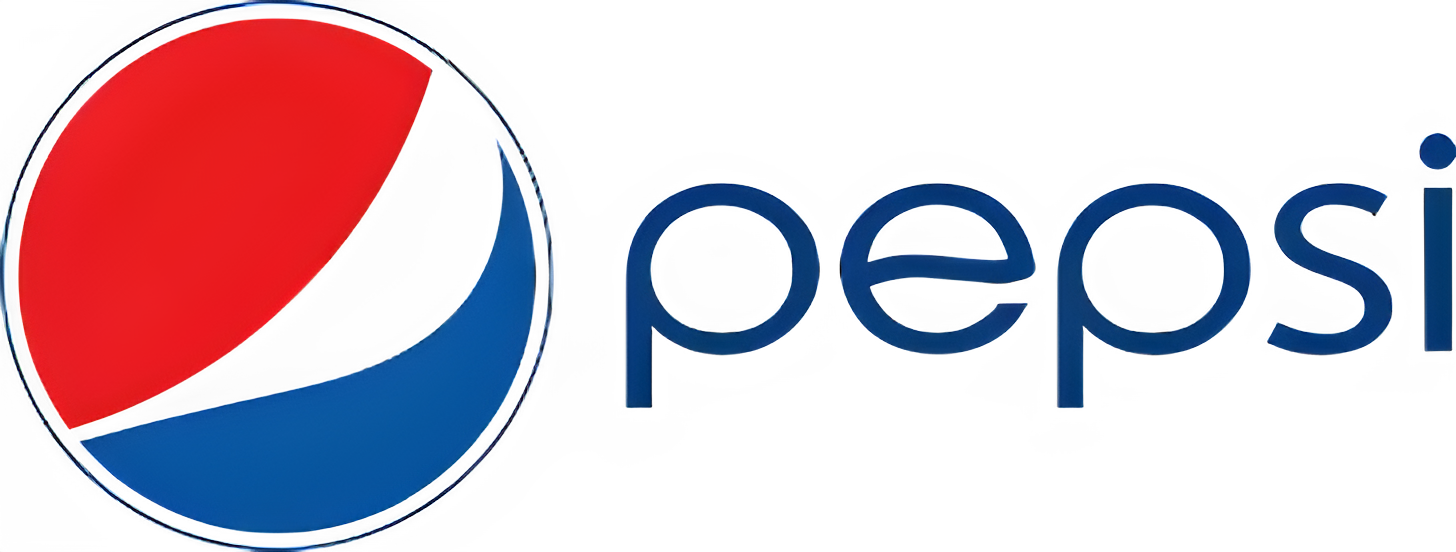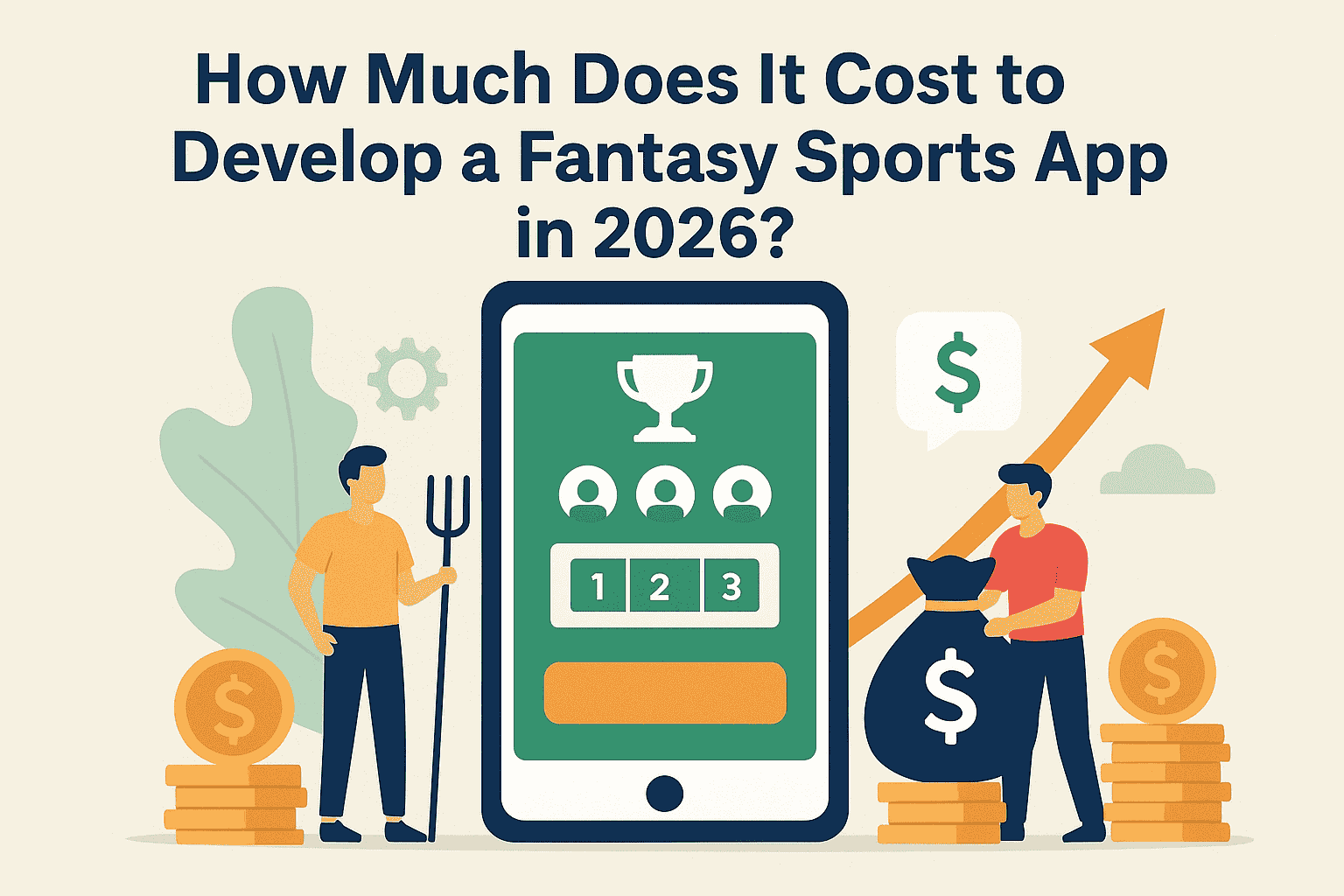How Much Does It Cost to Develop a Fantasy Sports App in 2026?
The market for fantasy sports is still growing as players seek out more in-depth interaction with the games they enjoy. How much will it cost to develop a competitive fantasy sports app in 2026? This is a practical question that both entrepreneurs and well-known brands are posing. Realistic price ranges, price-influencing factors, platform selection (iOS vs. Android), and cost-cutting strategies are all covered in this article.
What Affects the Cost of Development?
The ultimate cost of a fantasy sports product is determined by several technical and non-technical factors. Real-time score feeds, live drafts, player tracking, in-app wallets, and strong fraud prevention are examples of features that quickly drive projects into higher price ranges due to their complexity. Your choice of vendor is important because the best software development company in the USA will charge a different price than a boutique mobile app development company. Major cost factors include the degree of testing for large-scale competitions, the quality of UX design, and the integration of third-party APIs (live score providers, payment gateways).
Average Price Ranges for 2026
Expect a fair entry band and a different range for mid-level and enterprise implementations based on vendor benchmarks and recent market surveys. A basic MVP usually starts in the low five-figure range and supports single-sport leagues, simple scoring, and standard registration. Higher five-figure to low six-figure budgets are typically allocated to mid-level apps with live scoring, improved user experience, social features, a fine-tuned recommendation engine, and native apps for both platforms. Advanced analytics, compliance, and heavy load handling are features of enterprise-grade platforms that cost well into the six-figure range.
Platform Selection: Android vs. iOS
A useful lever that influences budget, timeline, and ongoing maintenance is platform selection. iOS development frequently benefits from tighter UI constraints and fewer device types to test, so building first for iOS can be quicker and more economical in markets where device fragmentation is limited and Apple users are the target audience. More thorough OS and device testing, as well as frequently longer QA cycles, are necessary for Android development. The trade-off between native and cross-platform frameworks is crucial in budget discussions, so if you decide to develop for both platforms natively, anticipate additional engineering and testing expenses for the second platform.
Breakdown of Features and Highest Costs
Baseline effort is represented by core user flows such as registration, profile management, and basic league creation. Real-time data pipelines, live draft systems with low latency requirements, secure payment flows and KYC, and advanced admin panels for contest management are the priciest items. The addition of blockchain-based audit trails, AI analytics, or custom recommendation engines lengthens development times and raises infrastructure expenses. A regional rollout can begin modestly, but a nationwide rollout with millions of active users necessitates much larger cloud and operational budgets. This is because hosting and real-time push capacity scale with users.
Team composition and regional rates
Both the feature set and the cost are influenced by the person you hire. While offshore development teams offer significantly lower hourly rates and, with the right management, can still produce high-quality work, North American and Western European agencies usually charge premium hourly rates. A project manager, two to three backend engineers (in Node.js, Python, or Java), one to two mobile engineers per platform, a frontend developer for web dashboards, a QA engineer, and a designer are typical team compositions for a mid-sized fantasy app. Rework is decreased and ramp time is shortened by working with a specialized fantasy sports app development company that is already familiar with live-data constraints and contest rules.
Considerations for ROI and Monetization
The investment required to develop a fantasy sports product must be linked to distinct revenue streams, such as in-app purchases, premium analytics subscriptions, advertising, branded partnerships, and entry fees for paid competitions. Consider your initial development cost in conjunction with your lifetime value (LTV) and customer acquisition cost (CAC). Without committing to enterprise-level infrastructure before validation, lean MVPs that verify product-market fit can lower initial costs and assist you in iterating toward lucrative monetization strategies.
Risk, Legality, and Compliance
In many jurisdictions, the legal landscape surrounding fantasy sports is complex. Although specific local laws, tax considerations, and advertising regulations vary, they are generally regarded as skill-based games and are legal. Legal advice and compliance integrations (KYC, AML checks) are necessary and will increase the budget if your app will accept paid entries or real-money transactions. To reduce legal review cycles and prevent surprises at the last minute, give preference to partners who have previous experience with regulated digital gaming or fintech-adjacent compliance when working with a fantasy sports software development vendor.
Typical price ranges (2026 snapshot)
The following ranges serve as helpful benchmarks and are based on vendor reports and pricing guides updated through 2025–2026:
• Basic MVP (one platform, essential features): between $20,000 to $50,000.
• A strong cross-platform application or MVP with modest revenue: $35,000 to $80,000.
• Feature-rich, scalable platform: $80,000 to $200,000+ (multi-sport, real-time feeds, advanced analytics).
Although these ranges represent current market assessments, feature selections and team location will have a significant impact. Similar ranges are supported by several credible agency reports and development guides.
Where Savings Are Possible Without Compromise of Product-Market Fit
By shipping a targeted MVP that focuses on a single sport or niche, reusing open-source components for analytics or leaderboards, and selecting cross-platform frameworks for non-essential user interface, you can lower early costs. Give top priority to features that have a direct effect on monetization and retention, such as straightforward payout processes, dependable live scores, and easy social sharing. While the core team concentrates on contest logic, fraud prevention, and performance, it may be possible to reduce initial expenditures by outsourcing certain aspects of the product, such as design, QA, or even a temporary CTO-Advisor.
Selecting the Appropriate Supplier
A combination of cultural fit and technical due diligence should be considered when choosing a fantasy sports app development company. Seek out businesses that have experience with fantasy products or related real-time systems, request case studies, verify references, and examine their security and scalability strategies. Extremely low bids that fail to account for technical debt, testing, and continuing operating expenses should be avoided. A trustworthy partner will outline a clear MVP path, explain trade-offs, and match milestones to quantifiable results.
Why Many Founders Find Dinoustech to Be a Good Fit
Dinoustech is positioned to support entrepreneurs seeking realistic plans with distinct avenues for growth. Dinoustech can be a technical co-founder for entrepreneurs looking for a practical partner. It can help scope a fantasy sports software development plan that strikes a balance between cost and future growth, translate product goals into buildable sprints, and offer advice on platform trade-offs like iOS vs. Android. To safeguard your runway and confirm product-market fit, the company prioritizes delivery discipline and reasonable milestones.
Timelines, the tech stack, and continuing maintenance
Selecting the appropriate tech stack involves both financial and technical considerations. To ensure low-latency score updates, many teams use Node.js, Python, or Java to build the backend and combine it with scalable databases and real-time messaging systems. Frameworks like React Native or Flutter can speed up delivery and lower the initial cost of supporting both native stores if you are working with a mobile app development company that favors cross-platform tools; however, native iOS and Android options are still important for features that are sensitive to performance. Your budget is reflected in realistic development timelines. With a small team, a focused MVP could be completed in 10–14 weeks; a full-featured release that incorporates tournament logic, payments, KYC, and personalized analytics usually takes 6–9 months. Maintenance, content moderation, server scaling, and monthly API fees can add 15–25% of your initial development budget annually. These post-launch expenses are often disregarded. Those recurring costs can be controlled by working with a top software development firm that provides clear SLAs.
Operations, testing, and expansion
Make a sufficient investment in automated testing and simulated load tests. Because real-time fantasy systems behave differently at scale, it is possible to avoid expensive rollbacks by identifying race conditions and API bottlenecks early on. To measure actual customer acquisition and retention costs, make sure you have the appropriate analytics hooks and attribution systems in place. You can reduce ramp-up time and steer clear of common pitfalls by collaborating with an experienced fantasy sports software development partner, who has access to playbooks and integrations. This division of labor can be economical if you want an affordable website development company to manage SEO, onboarding funnels, and landing pages while your product team concentrates on the app.
An overview of the useful next actions
Create a one-page functional specification that summarizes the requirements, gather three vendor proposals with maintenance schedules and milestones, and conduct a small, paid pilot to confirm monetization. Give top priority to features that increase revenue and retention, and approach platform selection—especially the trade-off between iOS and Android—as a strategic choice rather than a technical one.
For startups and established businesses, creating a fantasy sports app in 2026 is a feasible investment; however, expenses are largely determined by the app's scope, platform choice, vendor location, and compliance requirements. To steer clear of common technical and legal pitfalls, work with an experienced fantasy sports app development company, prioritize an MVP that demonstrates monetization, and set a reasonable budget. You can create a product that strikes a balance between affordability and the capabilities needed to compete and grow with the right partner, like the staff at Dinoustech.
Are you prepared to build? For a project estimate customized to your objectives and a free scoping call, get in touch with Dinoustech right now.

